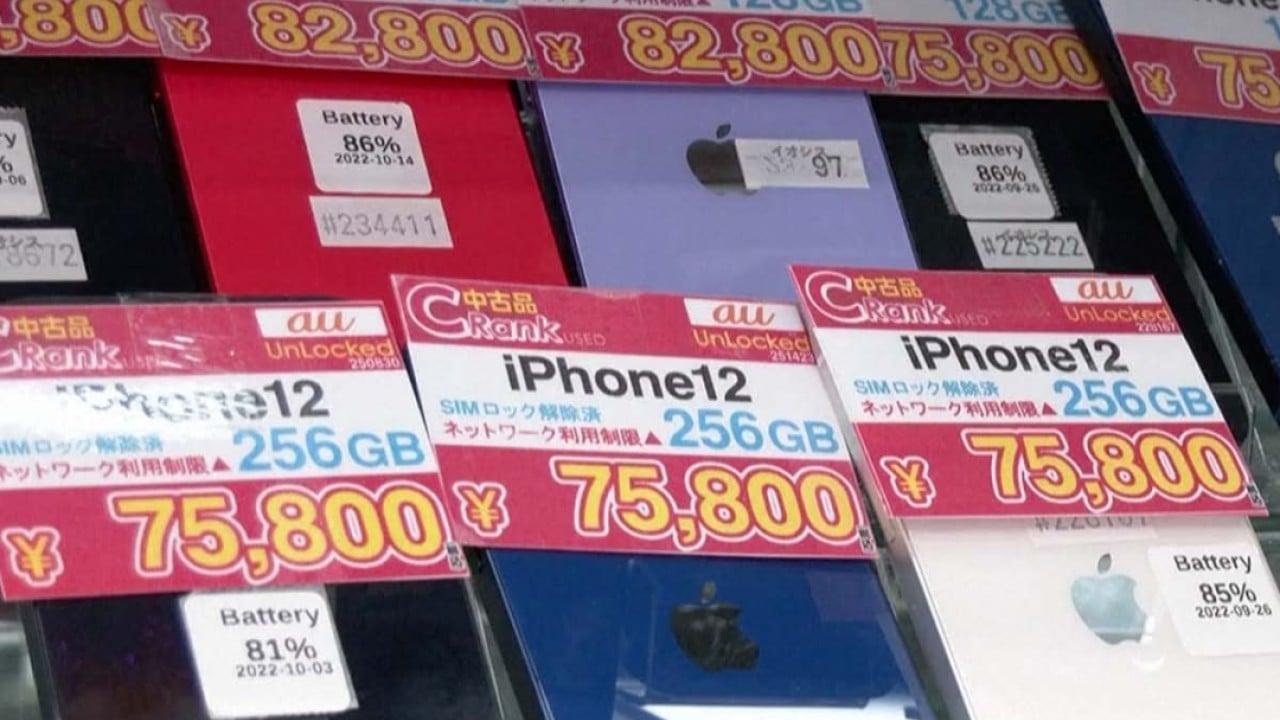
If BOE could secure between 20 to 30 per cent of LTPO iPhone display orders from Apple in the second half of 2024, it would beat Samsung to become Apple’s biggest supplier of screens for the latest iPhones, he said.
BOE declined to comment on specific business deals. Neither Samsung nor Apple responded to a request for comment on Friday.
Beijing-based BOE traces its history back to the early 1950s, when the Soviet Union helped China build the country’s first electron tube factory. Today, the Beijing municipal government’s asset management vehicle remains BOE’s largest shareholder with a 10.64 per cent equity stake.
BOE began to make displays for the iPhone 12 in 2020. In 2021, it produced 10 per cent of all organic light-emitting diode displays for iPhones, shipping 16 million units to Apple, according to Chinese market intelligence firm Runto Technology. However, a global chip shortage disrupted BOE’s production last year.
Samsung Electronics is currently a leader in the global screen manufacturing market. Photo: EPA-EFE
The company’s ability to win orders from Apple shows that “China has started to break down the monopoly held by foreign brands over high-end screen supplies”, Xiang Ligang, a Beijing-based technology analyst, was quoted as saying by Chinese newspaper Securities Daily.
BOE’s rise could heat up competition in the global display market, where Samsung is currently a leader. The Korean manufacturing conglomerate on Friday reported a nearly 70 per cent plunge in operating profit year on year to 4.3 trillion won (US$3.4 billion) for the last three months of 2022, the lowest since 2014.
While Apple has been diversifying its supply chain to mitigate risks such as regulatory uncertainties in China and geopolitical tensions, the Californian company remains dependent on Chinese factories for the manufacturing and assembly of many components and products.


